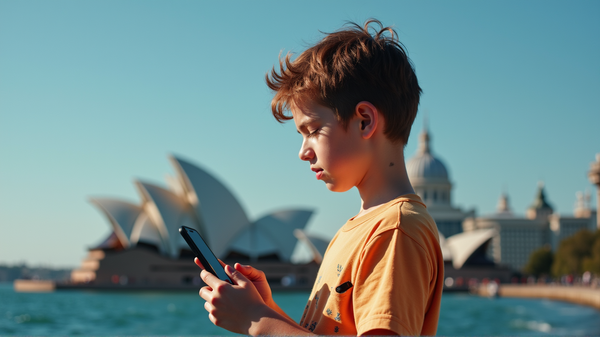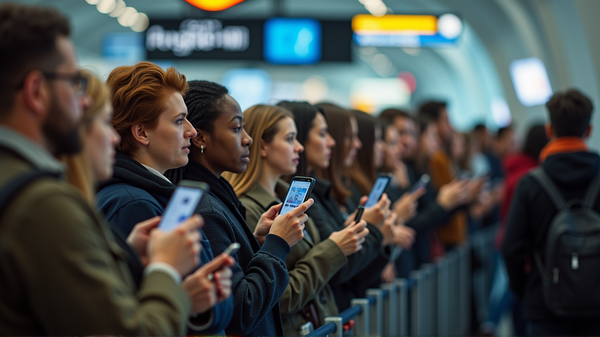AI Slop and the Fake Reality: Social Media's Existential Crisis
Social media platforms, once lauded as a bridge connecting people across vast distances, are currently facing an unprecedented existential dilemma. With the advent of increasingly sophisticated AI-generated content, the line between reality and illusion is blurring like never before. Earlier this week, a heartwarming post caught the world’s imagination, capturing the internet’s fascination—a 12-year-old girl driven by sheer determination to save her ill puppy was stopped by a police officer, only to be praised for her compassion and bravery. However, upon closer inspection, sharp-eyed users questioned anomalies in the dashcam images, revealing yet another instance of AI-crafted deception.
AI-Created Reality or Lovely Illusion?
This viral phenomenon, often referred to as “AI slop,” thrives solely for engagement, with no markers indicating authenticity. While this particular incident was harmless, the chaotic swell of AI slop proliferates, fueled by OpenAI’s new Sora 2 model. Astonishing in its scope, the model crafts scenarios from Pope John Paul II grappling with Tupac, to unsettling visual fabrications of real-life dangers. Such examples are just the tip of the iceberg, with the Sora app skyrocketing to the top of the charts.
Critics argue that this AI revolution signifies social media’s demise, turning what was meant to nourish human relationships into a slick content factory—void of genuine meaning. According to Time Magazine, influential voices in the tech industry, like OpenAI’s Sam Altman, foresee these creations propelling AI to new intelligent heights, yet skeptics warn of escalating risks and societal fragmentation.
The Illusion and the Social Fabric
The immediate boost of AI-generated content yields only short-lived thrills. The gnawing question remains: What happens when the novelty wears off, and the users, longing for a touch of humanity, begin to dismiss the virtual tapestry as trivial pandemonium? AI has yet to grapple with the fundamental logic of life itself, and in doing so, might inadvertently guide people back towards tangible truth.
Navigating the High-Noise Terrain
AI-generated videos undercut foundational trust in digital interactions and raise profound ethical concerns. Social media landscapes risk evolving into barren echo chambers, bombarding users with divisive noise—a stark departure from their original purpose of fostering open dialogue. Kashyap Rajesh of Encode warns of the insidious potential for misinformation to flourish unchecked, while experts voice urgent calls for the thoughtful application of identity verification technologies.
Rediscovering Life Beyond the Screen
In the face of overwhelming digital noise, many have begun questioning their screen-centric relationships. Initiatives like “Month Offline” challenge participants to disconnect, rediscovering the richness of real-world connections. As society contemplates the balance between innovation and authenticity, our collective desire for genuine interaction may yet steer us towards reconnection, embracing tangible realities over virtual untruths.
In the end, the story of the brave young girl and her pup, though fabricated, reflects our intrinsic yearning for hope and heartfelt stories—a reminder of our essential human desire to belong to something real.




